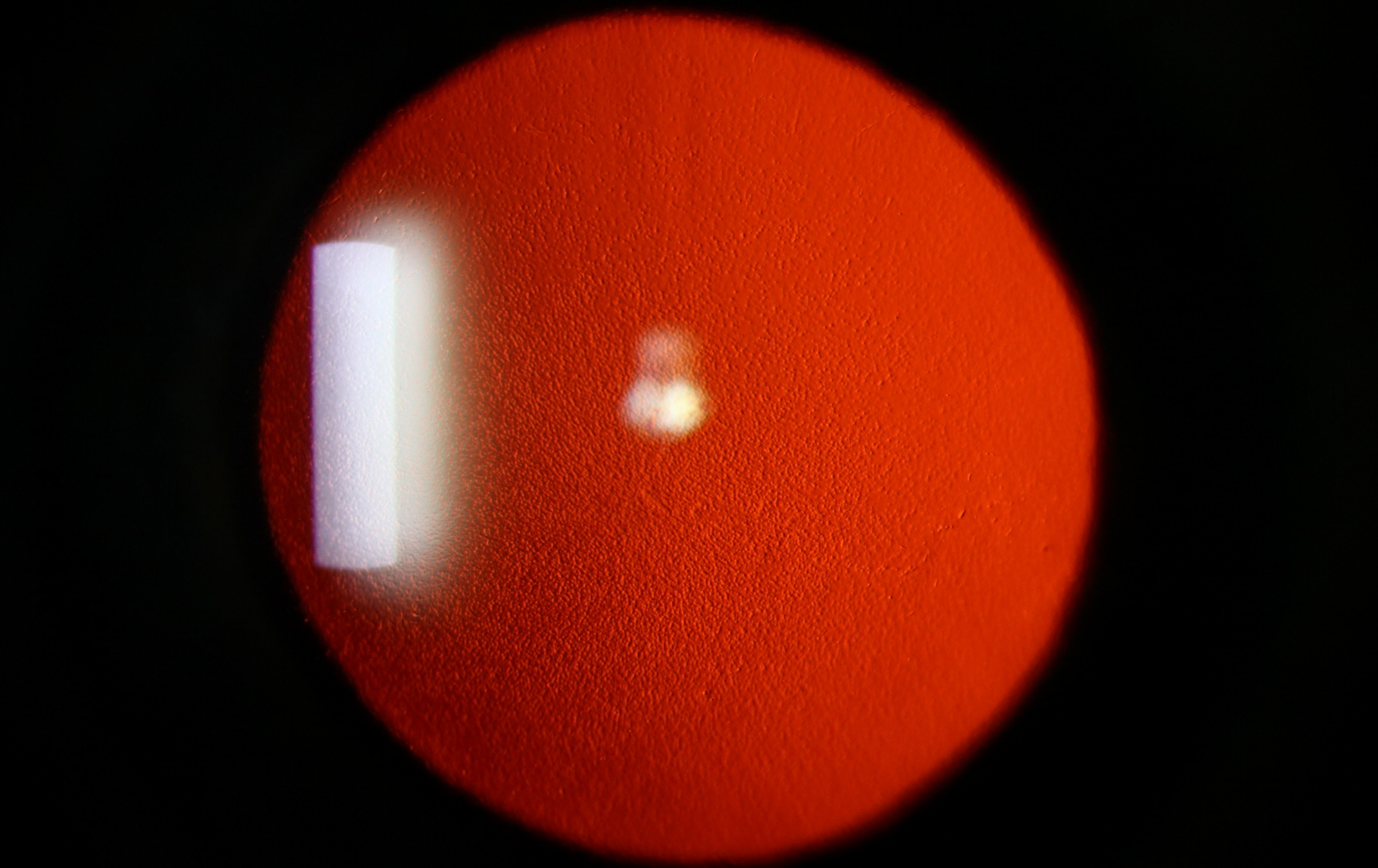 |
Taking steps to reduce obesity in adulthood may help to modify risk of severe Fuch’s dystrophy, independent of age and sex. Photo: Christine Sindt, OD. Click image to enlarge. |
Though it’s primarily a genetic condition, Fuchs’ corneal dystrophy shows some response to several lifestyle factors may also play a role in the disease onset, according to a study presented during a poster session on Sunday at ARVO 2023 in New Orleans. Identifying potentially modifiable risk factors for severe Fuchs’—which requires corneal transplantation—may inform patient counseling for those most at risk.
The researchers developed a Fuchs’ dystrophy questionnaire to assess disease-specific medical history and lifestyle risk factors such as obesity, alcohol use, smoking and sun exposure. The questionnaire was administered to a prospective cohort of patients with Fuchs’ dystrophy who also had an indication for endothelial keratoplasty. These patients underwent slit lamp biomicroscopy with modified Krachmer grading to determine guttae confluence and visible corneal edema.
The questionnaire had an 82% response rate from 375 total participants (61% women). No sex differences for age at endothelial keratoplasty were found, as the mean age was the same for both, 68.
No differences in corneal edema incidence were found between smokers and non-smokers or between those with frequent alcohol intake (≥two days/week) and non-frequent drinkers. Interestingly, men were 1.42 times more likely to have corneal edema before endothelial keratoplasty than women, despite the fact that more females undergo keratoplasty.
Skin type may also be an indicator of risk. Participants who reported taking strict sun protection measures within minutes of exposure were 1.44 times more likely to have corneal edema than those with an hour or more of unprotected sun exposure. “A possible explanation of increased risk of corneal edema in participants with strict sun protection compared with those without might be that photosensitive skin types are more relevant than direct sun exposure,” the researchers wrote in their abstract.
Finally, for every five unit increase in BMI, corneal edema was 1.26 times more likely at endothelial keratoplasty but not for a higher BMI at age 21. The researchers wrote that “interventions to reduce obesity in adulthood may modify the risk of Fuch’s dystrophy severity independent of age, sex and weight in adolescence.”
Original abstract content © Association for Research in Vision and Ophthalmology 2023.
Lieberum J, Zander D, Reinhard T, et al. Lifestyle risk factors across Fuch’s endothelial corneal dystrophy severity. ARVO 2023 annual meeting. |


